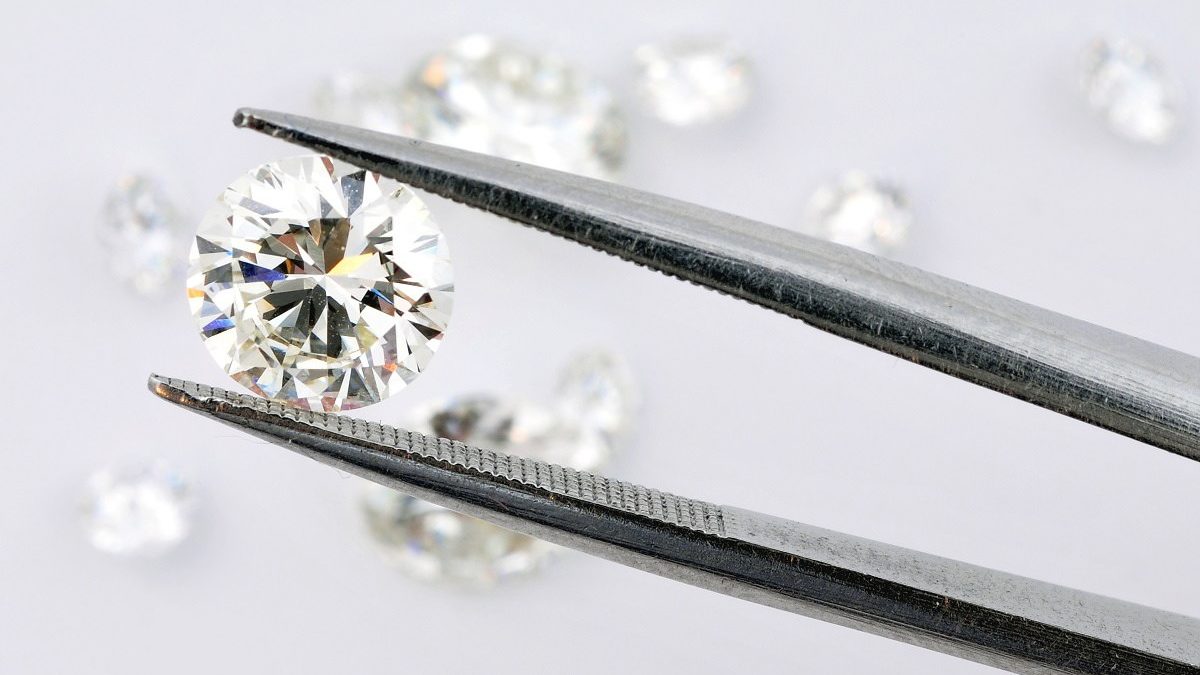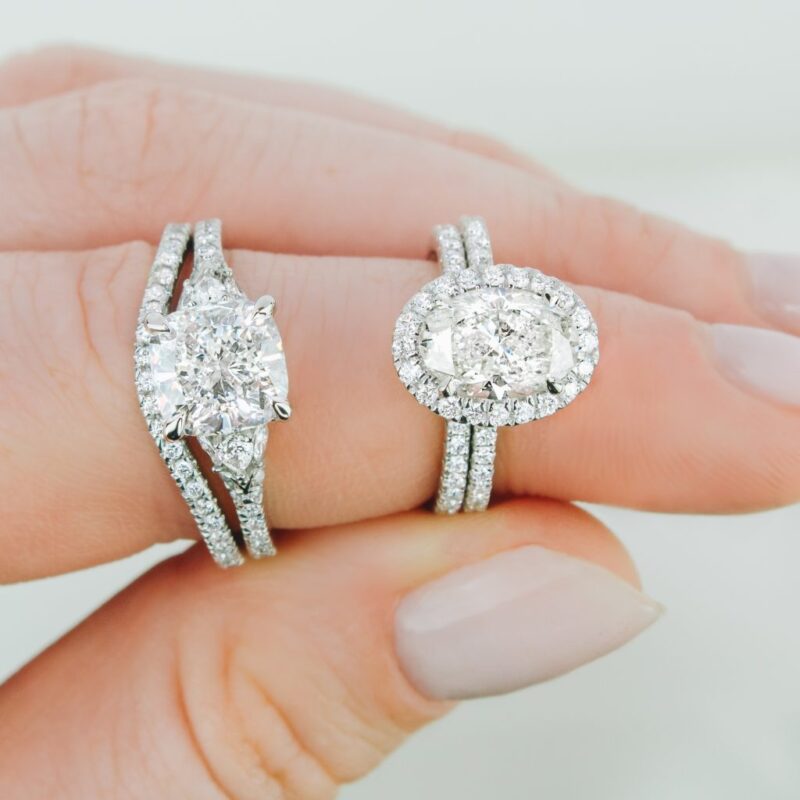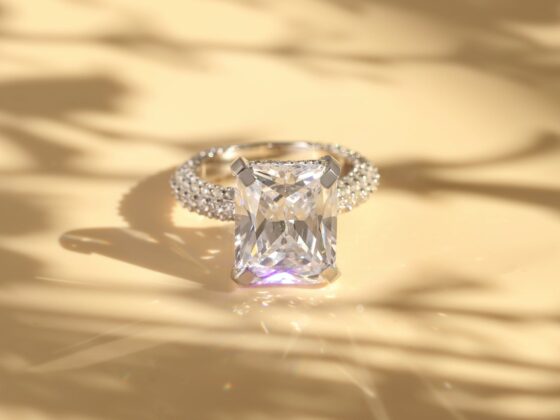For centuries, diamonds have been a symbol of wealth and luxury. But in recent years the diamond industry has seen an emerging trend – lab-grown diamonds. In this article, we’ll explore the key differences between traditional natural diamonds and lab-grown ones to help you decide which one is right for you. Well, consider factors such as price, environmental impact, and quality so that you can make an informed decision when it comes to investing in a diamond.
Physical Characteristics of Lab-Grown and Natural Diamonds
When it comes to physical characteristics, lab created diamond and natural diamonds have a lot in common. Both are composed of pure crystallized carbon, which is the same elemental makeup regardless of where they come from. Lab-grown diamonds tend to be slightly more colorless than their naturally occurring counterparts due to fewer trace elements that can affect their hue.
In terms of clarity, both types of the diamond will have similar levels of imperfections or blemishes that appear on the surface but may differ in size and shape when viewed under magnification. When it comes to cutting, there is virtually no difference between lab-grown and natural diamonds as both can be crafted into any style or shape desired by the purchaser.
The only real differences between these two stones are found in their origin stories; with one being created under laboratory conditions and the other having been formed deep within our planet’s core billions of years ago!
Cost Comparison between Lab-Grown and Natural Diamonds

When it comes to cost, lab-grown diamonds are often more affordable than natural diamonds. This is because they are produced in a controlled environment and the process of producing them is not as expensive or time-consuming as sourcing natural diamonds from mines.
Additionally, lab-grown diamonds tend to be lighter than mined diamond counterparts which can also reduce cost. However, this does not always mean that lab-grown stones will be significantly cheaper – some rarer colors may still come with a hefty price tag. It’s important to note that when comparing prices between the two types of a diamond there is no ‘one size fits all’ solution – different factors such as cut quality, color, and carat weight should all be taken into consideration before making an informed decision about what type of diamond you want for your jewelry piece.
Environmental Impact of Lab-Grown vs. Natural Diamond Production
When it comes to environmental impact, lab-grown diamonds and natural diamonds differ drastically. Lab-grown diamonds are created in a controlled environment with zero additional energy consumption or carbon footprint.
Natural diamond production, on the other hand, requires substantial amounts of energy and can have a detrimental effect on both land and water resources when mined from their host rock. Additionally, the use of large machinery for mining can cause air pollution due to the release of greenhouse gases into the atmosphere. Consequently, it is clear that when compared side by side lab-grown diamonds have fewer adverse effects on our planet than their naturally formed counterparts do.



